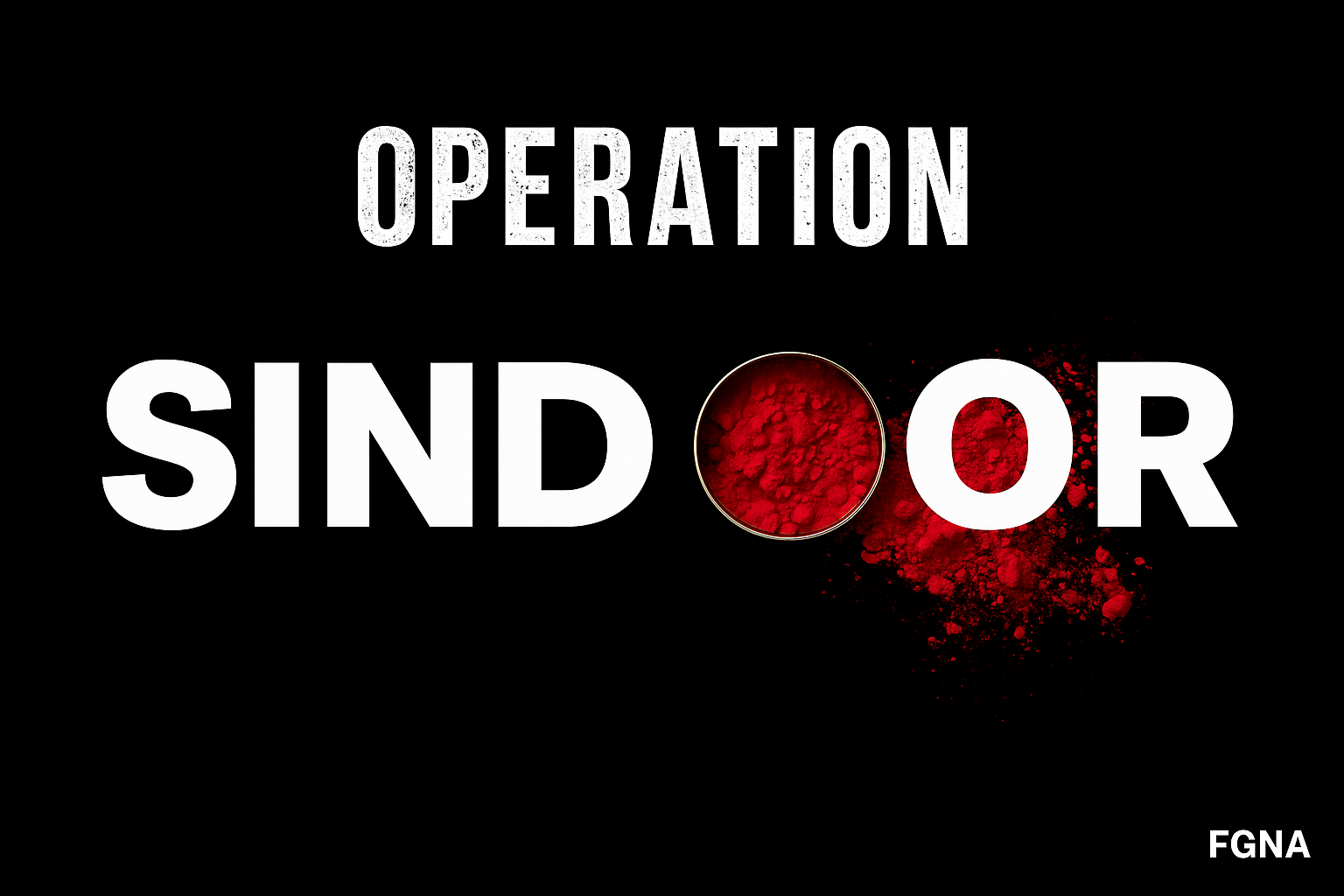
Operation Sindoor is India’s high-profile military response to the recent Pahalgam terrorist attack in Jammu and Kashmir. This decisive operation marks a significant escalation in India’s counter-terrorism strategy, targeting key terror launchpads inside Pakistani territory through precision-guided missile strikes. It serves not only as retaliation but also as a stern warning against cross-border terrorism.
Background: The Pahalgam Attack
The trigger for Operation Sindoor was the brutal terror strike in Pahalgam, where militants ambushed a convoy of security forces, killing and injuring several personnel. The attack sparked nationwide outrage and demands for a strong response. Intelligence reports traced the origin of the attackers to terror camps located across the border.
What is Operation Sindoor?
Launched shortly after the Pahalgam incident, Operation Sindoor involved a series of precision missile strikes on identified terrorist camps operating in Pakistan-occupied areas. The Indian Army, in coordination with the Indian Air Force and intelligence agencies, executed the operation with tactical efficiency and minimal collateral damage.
Key highlights:
- Use of high-precision missile technology
- Targeting multiple locations across the Line of Control (LoC)
- Zero civilian casualty strategy
- Real-time coordination between surveillance drones and command centers
Which Cities Did India Target?
According to official and intelligence reports, India targeted terror infrastructure in the following locations:
- Muzaffarabad (Pakistan-occupied Kashmir): A known hub for training and logistics of terror outfits like Lashkar-e-Taiba and Jaish-e-Mohammed.
- Chakothi (Near the LoC): A strategic point used for infiltration across the Indian border.
- Kotli (POK region): Suspected to host safe houses and training facilities for militant groups.
- Balakot (Reportedly targeted again): Previously hit during the 2019 air strikes, this region is still considered active with militant presence.
These cities were selected based on specific intelligence regarding ongoing terror activity, weapon stockpiles, and strategic importance.
Strategic and Geopolitical Significance
Operation Sindoor carries major strategic weight:
- It asserts India’s policy of zero tolerance towards terrorism
- It demonstrates India’s enhanced military capabilities and readiness
- It pressures Pakistan diplomatically and economically on global platforms
- It draws international attention to the ongoing issue of state-sponsored terrorism
Global Reactions
The international community reacted cautiously. While countries like France, Japan, and the US recognized India’s right to self-defense, they also urged both nations to exercise restraint and engage in diplomatic talks. Global human rights groups called for accountability and protection of civilians in conflict zones.
Impact and Aftermath
- India has increased its border surveillance and intelligence operations.
- Diplomatic discussions have intensified at the UN and among key allies.
- There is heightened alert across sensitive zones in Kashmir and border regions.
The message is clear: India will respond with strength when provoked.
FAQs
Q1. What is Operation Sindoor?
Operation Sindoor is India’s missile strike campaign conducted as a military retaliation to the terrorist attack in Pahalgam. It targeted terror camps in Pakistan-occupied areas.
Q2. Why was the operation launched?
It was launched in response to the deadly ambush in Pahalgam that killed several Indian soldiers and was traced to terror groups based in Pakistan.
Q3. Why is it called “Operation Sindoor”?
The term “Sindoor” symbolizes sacrifice and vengeance, reflecting the bloodshed of Indian soldiers and the emotional weight of the nation’s response.
Q4. What kind of weapons were used?
High-precision missile systems and surveillance drones were used to ensure accurate targeting with minimal collateral damage.
Q5. What is the global response to the operation?
Many nations supported India’s right to defend itself but urged both countries to maintain peace and avoid further escalation.
Q6. Is the situation under control now?
While the immediate threats have been addressed, tensions remain high. Security along the LoC is on high alert and further diplomatic measures are ongoing.
Q7. Which Pakistani cities were targeted in Operation Sindoor?
The operation targeted terror hubs in Muzaffarabad, Chakothi, Kotli, and Balakot — all of which are believed to host militant camps and infiltration routes.
For more information and live updates, visit:
Times of India – Operation Sindoor Live Updates
